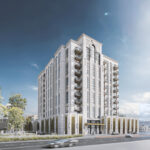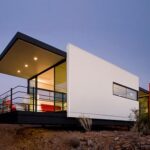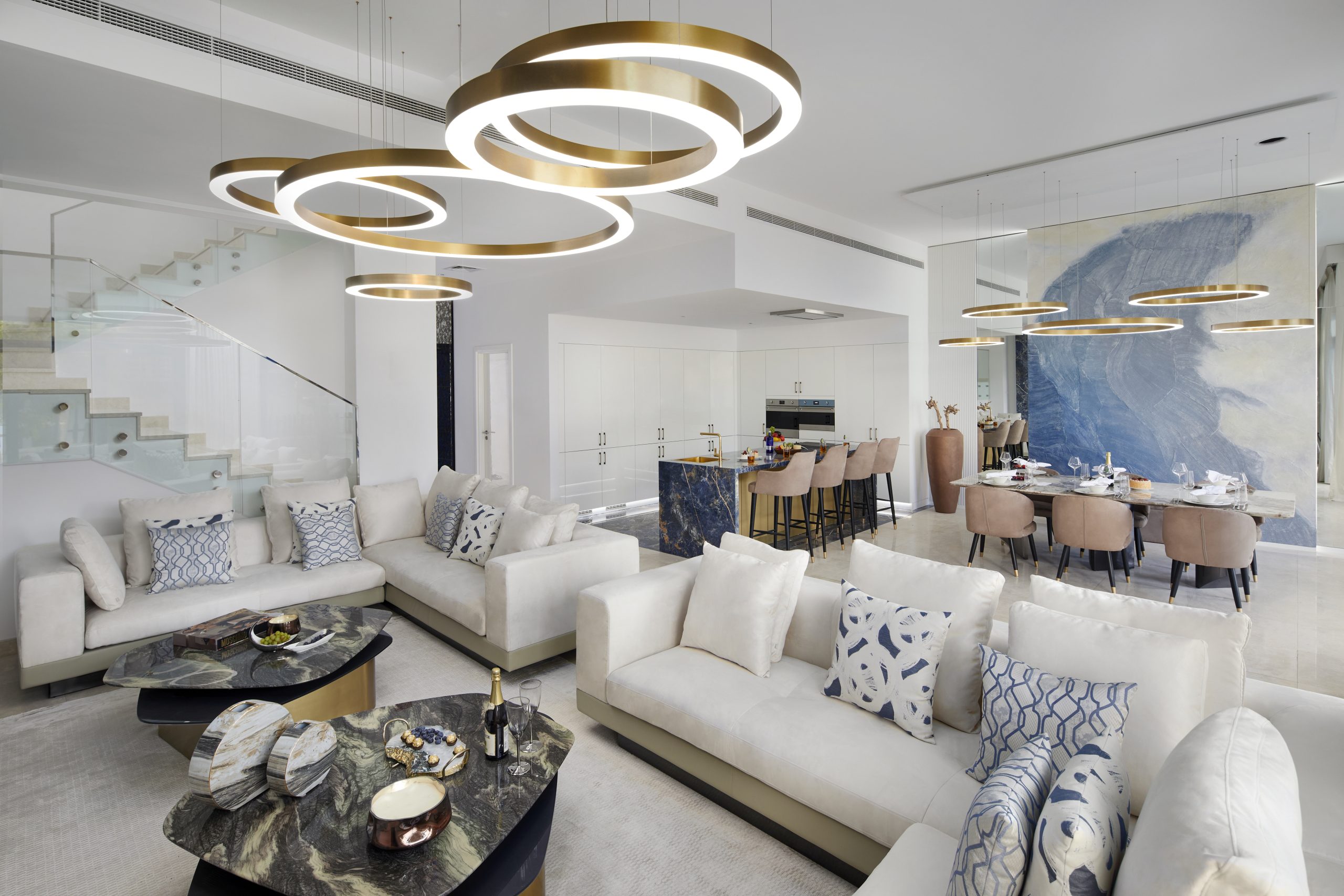Understanding the fundamental elements of interior design is essential for creating spaces that are not only visually appealing but also functional and harmonious. Designers armed with a comprehensive understanding of these elements can transform any space into a captivating and well-balanced environment. See over here to get info about top interior design companies in Dubai.
Color as a palette of emotion:
Color is one of the most powerful tools in an interior designer’s arsenal. It has the ability to evoke emotions, set the tone, and define the personality of a space. Understanding the psychology of colors is crucial for selecting palettes that align with the intended mood – warm tones for coziness, cool tones for tranquility, and bold contrasts for a sense of drama.
The backbone of design:
Furniture serves as both functional and aesthetic elements in interior design. Careful selection and placement of furniture can optimize the flow of a space, ensuring a harmonious balance between form and function. Consideration of scale, proportion, and ergonomics are paramount to create a layout that maximizes comfort and visual appeal.
Textures and materials:
The tactile experience within a space is greatly influenced by textures and materials. Integrating a variety of textures, such as smooth fabrics, rough stone, or sleek metals, adds depth and visual interest. The thoughtful use of materials not only enhances the overall aesthetic but also contributes to the longevity and durability of the design.
Lighting: Illuminating the design narrative:
Lighting is a key player in accentuating design elements and creating the desired ambiance. Natural and artificial lighting should be strategically employed to highlight focal points, create visual interest, and enhance the mood. From statement fixtures to recessed lighting, a well-lit space brings out the best in every design element.
Spatial arrangement:
Achieving a sense of balance and proportion is essential for successful interior design. The arrangement of elements within a space should be carefully considered to avoid visual clutter and maintain a sense of order. Balancing large furniture with smaller accessories, contrasting colors with neutrals, and open spaces with functional elements creates a harmonious visual composition.
Details and accessories:
The devil is in the details, they say, and in interior design, it couldn’t be truer. Thoughtful accessorizing with artwork, decor items, and personal touches adds character and personality to a space. Details, such as trimmings on curtains or intricate patterns on rugs, elevate the design from ordinary to exceptional.












